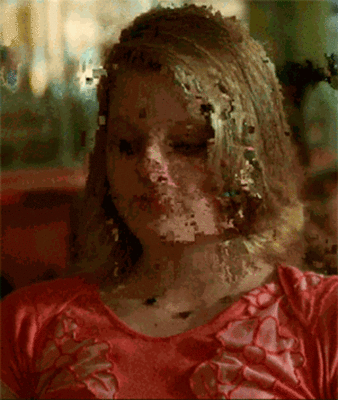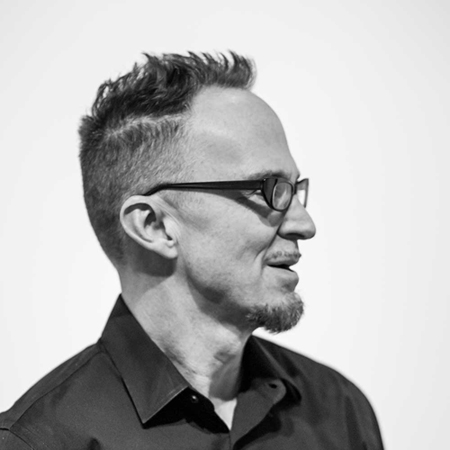Search
To search for an exact match, type the word or phrase you want in quotation marks.
A*DESK has been offering since 2002 contents about criticism and contemporary art. A*DESK has become consolidated thanks to all those who have believed in the project, all those who have followed us, debating, participating and collaborating. Many people have collaborated with A*DESK, and continue to do so. Their efforts, knowledge and belief in the project are what make it grow internationally. At A*DESK we have also generated work for over one hundred professionals in culture, from small collaborations with reviews and classes, to more prolonged and intense collaborations.
At A*DESK we believe in the need for free and universal access to culture and knowledge. We want to carry on being independent, remaining open to more ideas and opinions. If you believe in A*DESK, we need your backing to be able to continue. You can now participate in the project by supporting it. You can choose how much you want to contribute to the project.
You can decide how much you want to bring to the project.

The once-euphoric moniker “digital revolution” was from the very beginning a contradiction in terms. So somewhere declared Siegfried Zielinski. What he meant of course was that the hegemonic thrust of the digital has been to counteract – by a corrective economy – the subversive potential of noise in the signal, miscommunication, and the degradation of appearances.
The wretched of the screen, to borrow Hito Steyerl’s term and argument, carry an ambiguous potential. From and beyond the margins of high production values and the financial interests they express, the knock-off status of the “low-res” simultaneously signals a circulability that mimics the ideal of the avant-garde underground: a “concept-in-becoming of images” sprung from “an alternative economy of images…existing inside as well as beyond and under commercial media streams. In the age of file sharing, even marginalized content circulates again and reconnects dispersed world-wide audiences.”[1]
Alongside this potentiality, data analytics will show the opposite dynamic embodied in the person of the “influencer” – those online personalities whose very lack of ambition or pretense defines their public appeal, not only for their followers but also for the corporate brands that recruit them as targeted creators.[2] In sum, the low-res and the glitch – in the broadest sense of these terms – express an unsettled compromise-formation between contradictory interests in postdigital capitalism.
At the end of his essay, “Flying over the detritus of the GIF” (A*DESK, July 2016), Eloi Puig obliquely raises a key question for art practitioners in relation to this contemporary dilemma. There, without much elaboration, he juxtaposes the comfort one feels today with the inconsistent quality of digital images, on one hand, and the renewed interest in concrete poetry with the rise of the internet, on the other. Interpretive intervention points this juxtaposition toward an operation – reified in the screen display – through which the digital image is abstracted from the contingency of its own concreteness. After all, it was the aim of concrete poetry to breathe life into the contingent space of the letter. But what of the recalcitrant abstractness of the screen which, as Puig notes, reduces the project of concrete poetry? A legitimate question for contemporary art practitioners arises here: How to foreground the contingent encounter with the digital image without simultaneously embracing the domesticated deviance of the marketing glitch?
Notes
[1] Hito Steyerl, “In Defense of the Poor Image” in Wretched of the Screen(Sternberg Press, e-flux journal, 2012).
[2] The well-known trend is explained in the data analytics article, entitled “YouTube Influencers Sponsored Video.” Retrieved 8 July 2019 from https://tubularinsights.com/youtube-influencers-sponsored-video/

Peter Freund is usually working on something else. He writes to avoid making art and makes art to avoid writing. He is a sometimes curator so as to avoid his own work, but usually that inspires him to write or make art. [www.peterfreund.art] Originally from the San Francisco Bay Area (USA), Peter moved to Barcelona in 2018 on an extended leave of absence from his post as Professor of Art at Saint Mary’s College of California. In 2018-19 he had a research residency with the Barcelona Museum of Contemporary Art (MACBA_CED) and a studio residency with the Werner Thöni Artspace. His curatorial project, Retracted Cinema, was presented at Xcèntric (CCCB) in September 2020 and will be followed by a forthcoming article about the program in Found Footage Magazine in 2021. Peter is a visiting artist with the Faculty of Fine Arts at the University of Barcelona, 2018-Present, and a founding member of the Barcelona-based artist collective, Adversorecto, 2020.
"A desk is a dangerous place from which to watch the world" (John Le Carré)